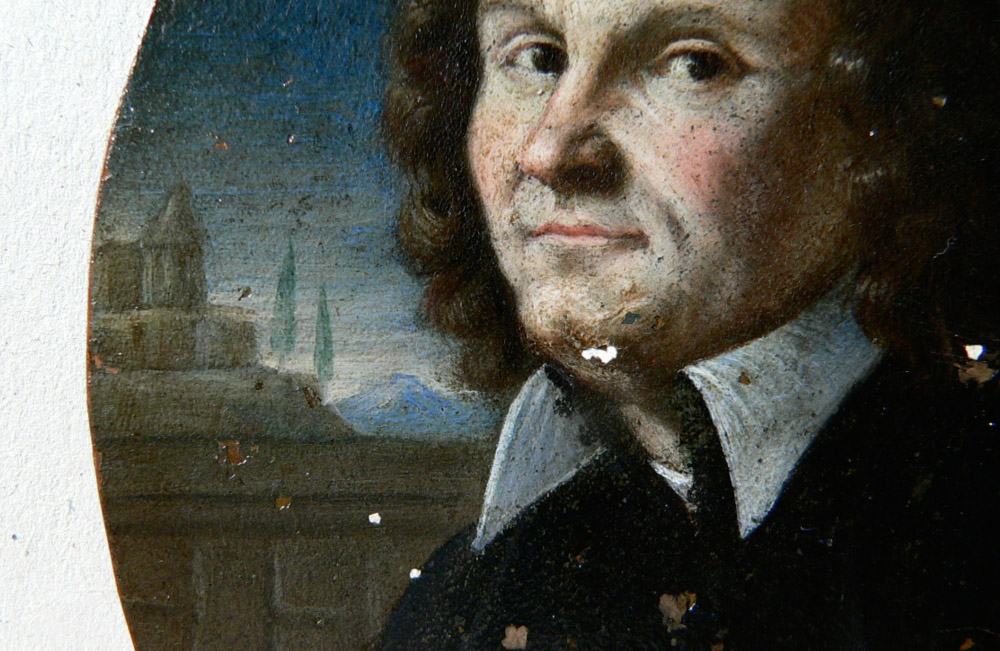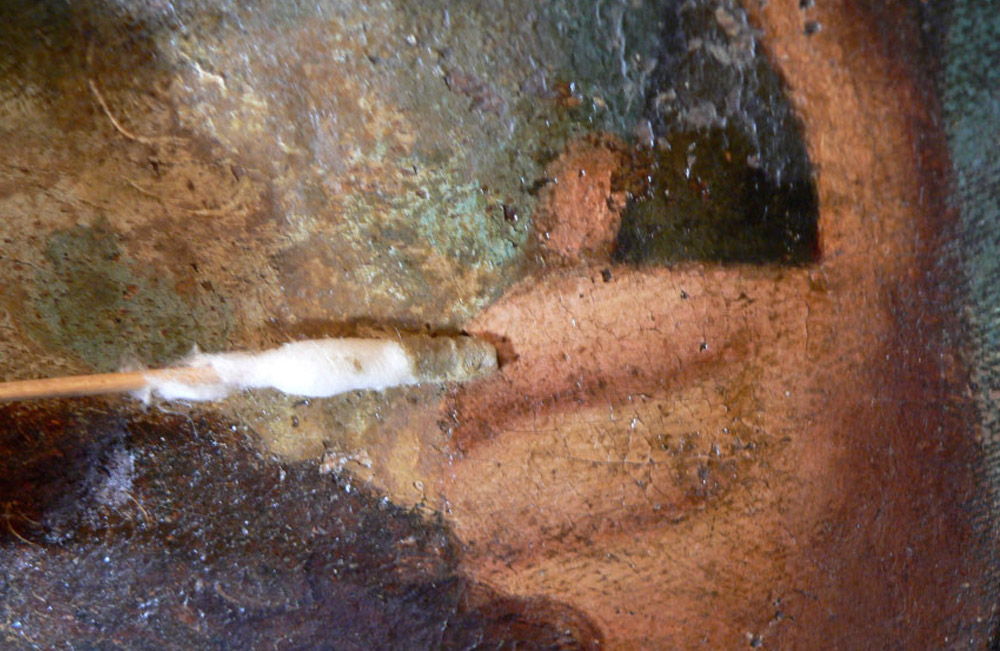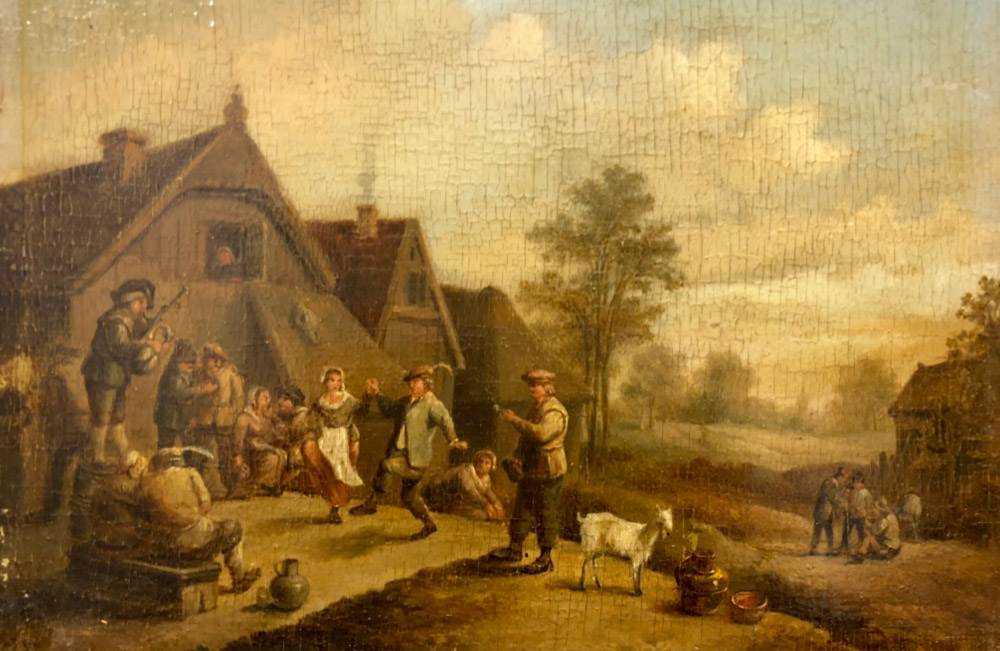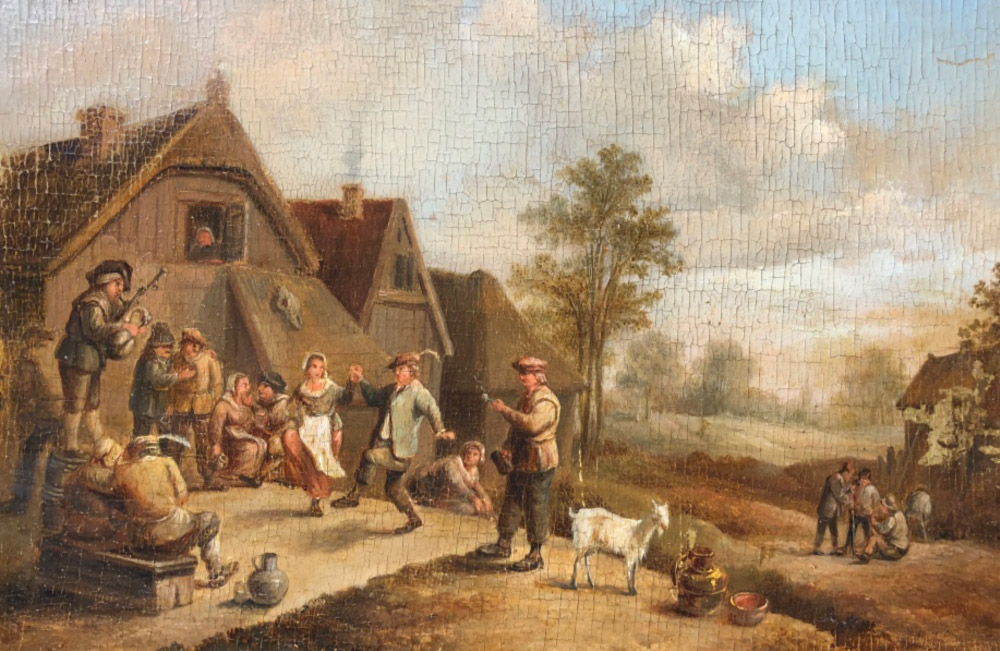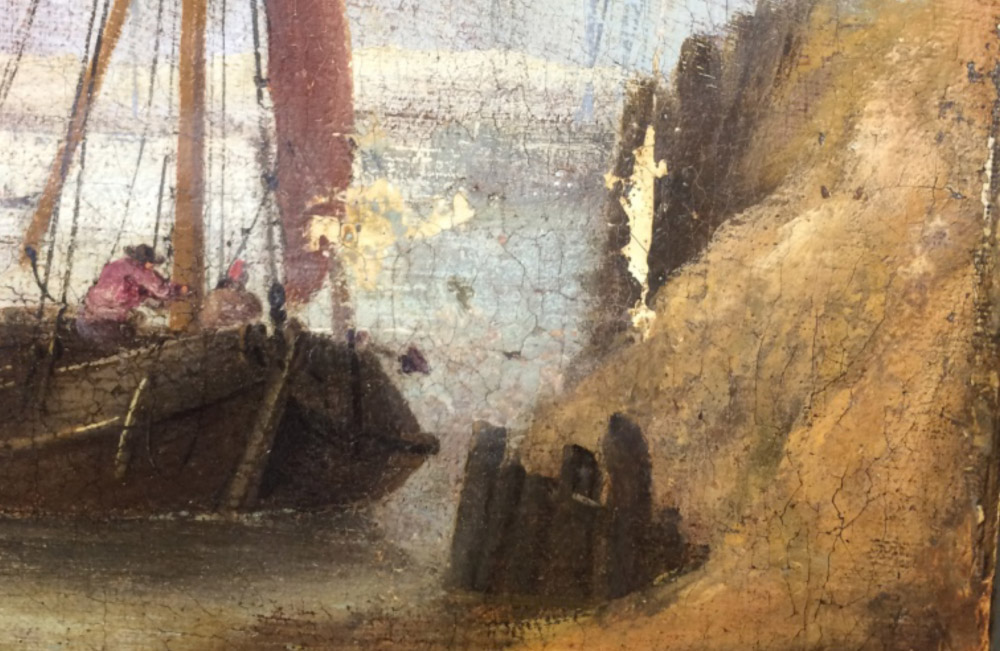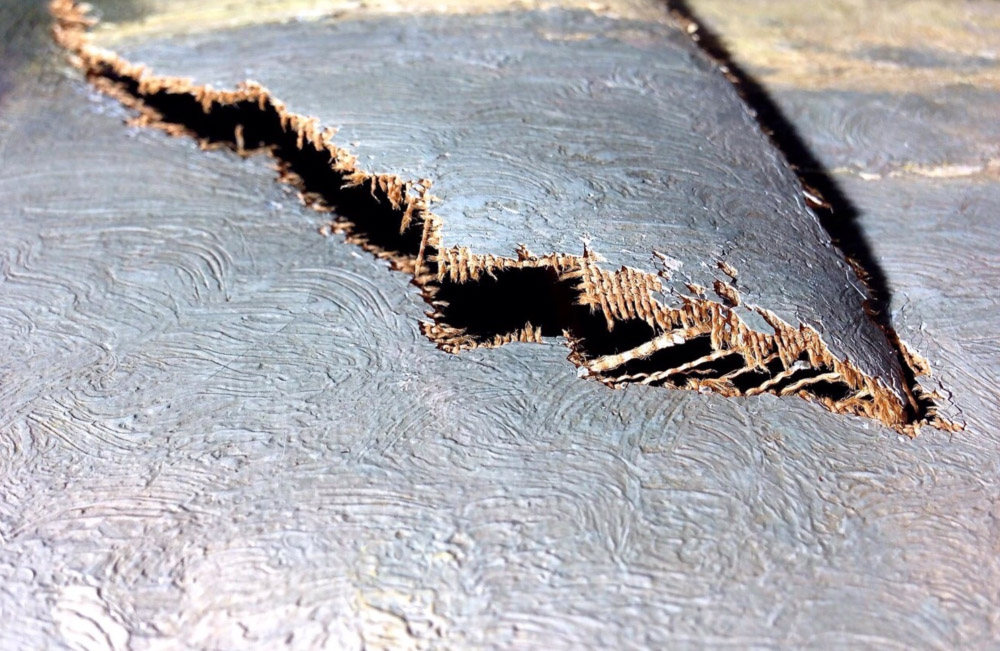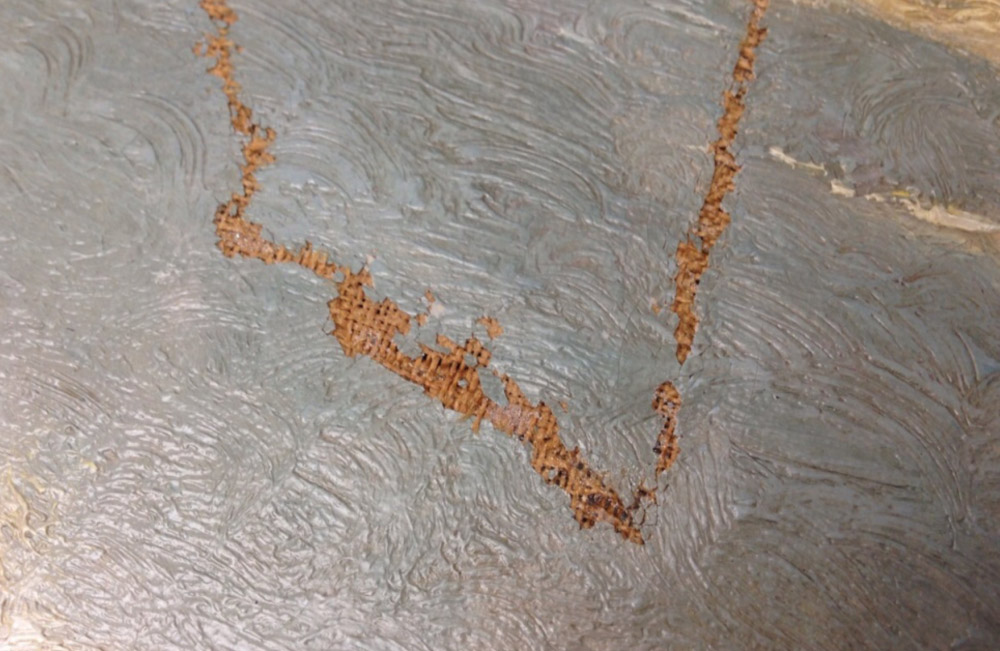Research
In advance of the restoration, each work undergoes an optical examination whose results are used as a basis for a substantiated proposal for preservation or restoration.
Ultraviolet fluorescence (UV):
An important part of an optical study is the use of a UV lamp. Through ultraviolet light, old restoration treatments, such as Retouches and overpaintings, are visible.
Infaroodreflectography (IRR):
In paintings there is a lot hidden beneath the surface, not visible with an exposed eye. Through the IR camera , overpaintings, previous restorations, damage and underlying drawings can be made clear.
Conservation
Preservation means keeping a collection and/or objects in a responsible manner for as long as possible. It implies that the client is advised of the external conditions that may affect the preservation and presentation of the art object.
Those are:
-Light and heat
-Relative humidity
-protection against insects and other animal damage
-How the object should be handled
-Storage
Restoration
In practice the most common treatments are, for example, removing the yelloshed varnish, cleaning the painting, repairing scratches or cracks in the cloth, removing old overpaintings and retouches or stabilizing the substrate and Strengthen.
The list of the painting can also be included in the Restoration plan. This is done either from an aesthetic point of view or when the structure of the list deteriorated in such a way that it threatens to be harmful to the painting.
The progress of the restoration is recorded and after the treatment you will receive this report in the form of a restoration report.
Some restoration examples:
Reversibility
I always trade according to the principle of reversibility. That is to say reluctant to work in all interventions, such as removing varnish and retouches, filling retouches and repairing damage. Furthermore, techniques, acts and materials that are not reversible are avoided. Only after a preliminary examination and after consultation with the client is the restoration begun.
For all your questions about the restoration of paintings, you can always contact me, to see the possibilities together.
Art history
It is also possible to conduct an investigation into the Origin and attribution (the creator) of the work of art. Such investigations are long-term and often not conclusive. It is much easier to determine what a particular piece of art is not OR is. Searching the primary sources is often time consuming and can be costly.


